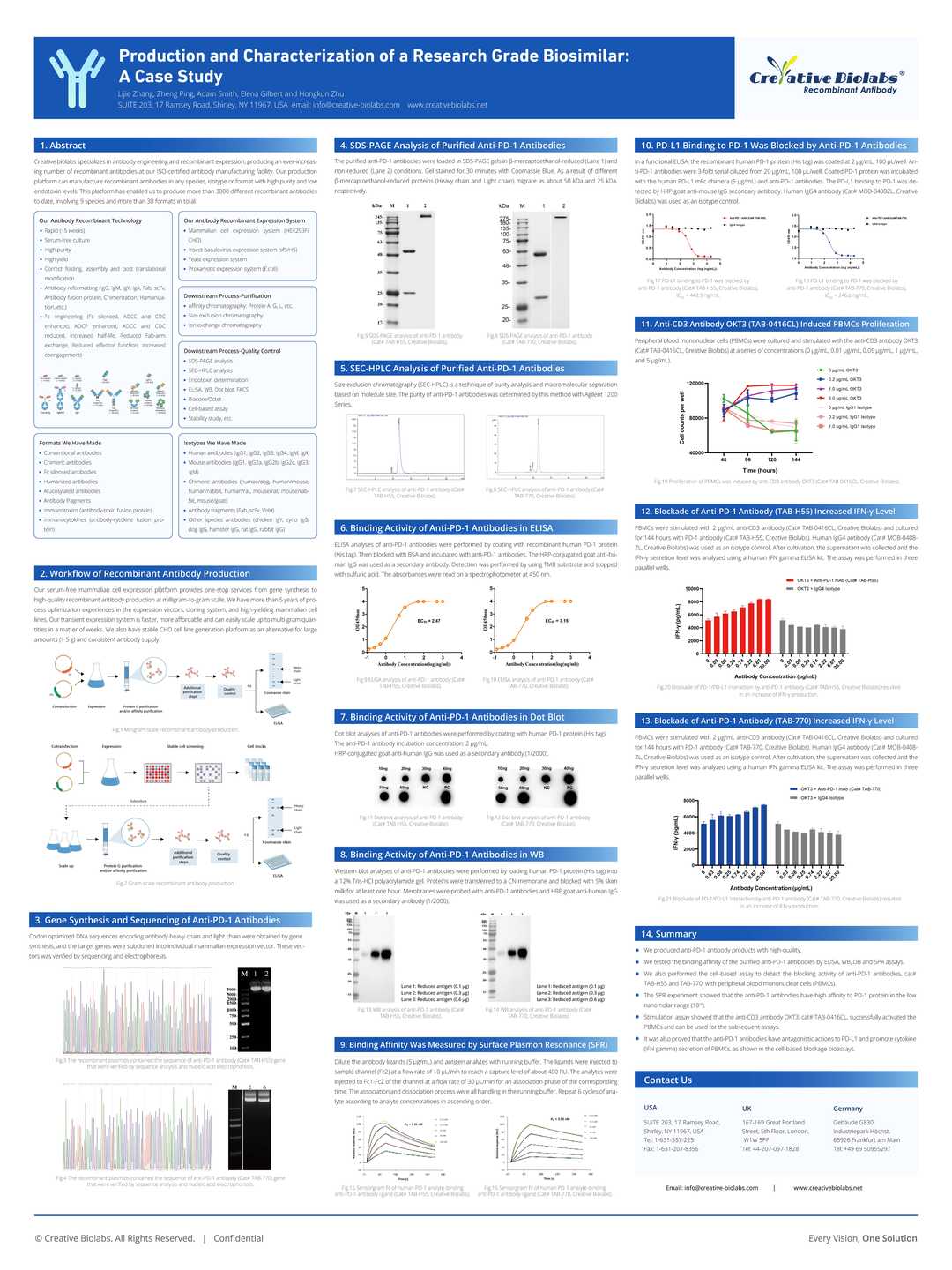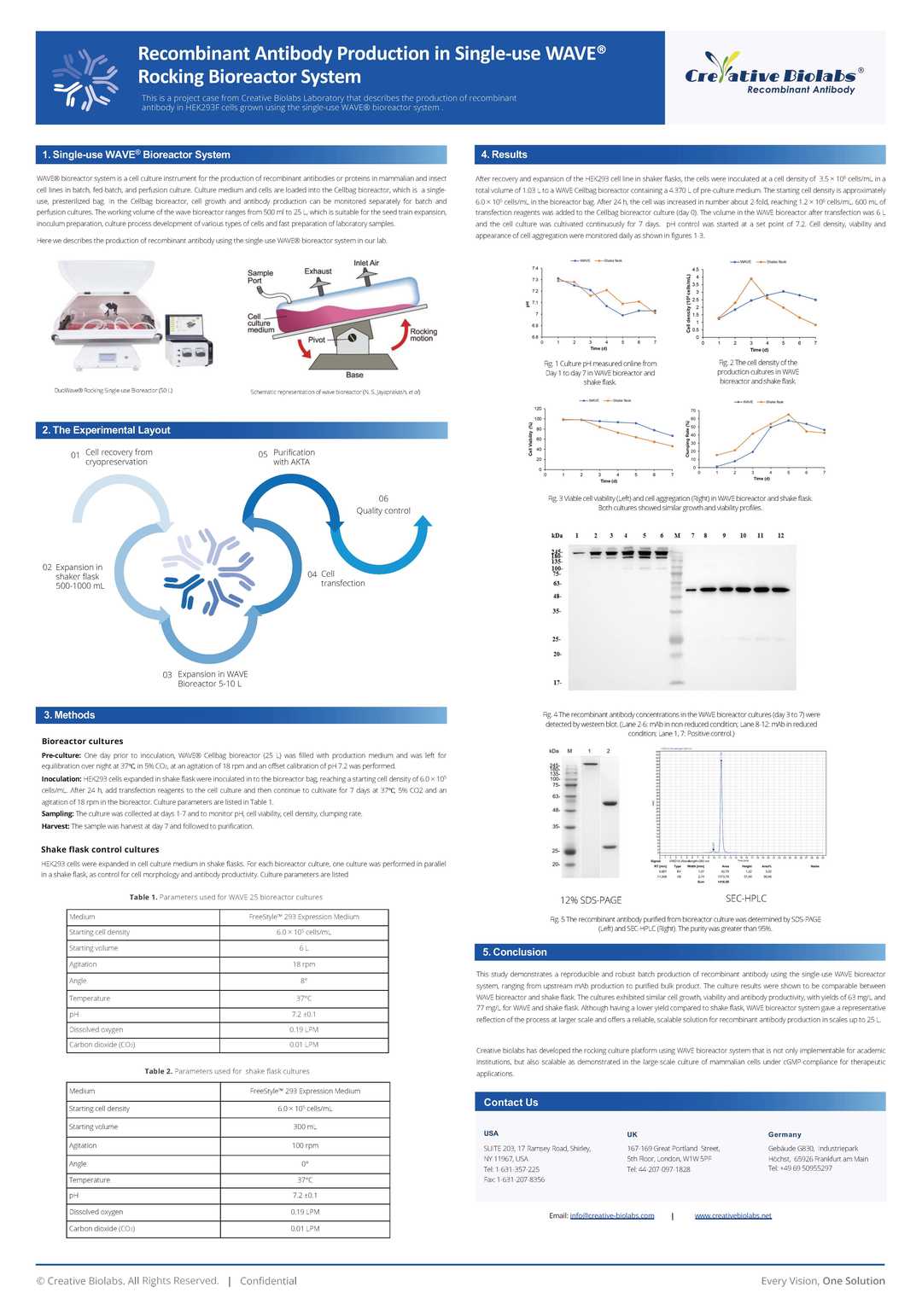Recombinant Mouse Anti-NFE2L2 Antibody (clone 2F6C6)
CAT#: VS4-CJ53
This mouse anti-NFE2L2 antibody (clone 2F6C6) is a product that recognizes human, mouse NFE2L2. The immunogen of this antibody is recombinant human Nuclear factor erythroid 2-related factor 2 protein (256aa-605aa). This product was purified by protein G purified and it has been tested for use in ELISA, Western Blot (1:1000-1: 8000), Immunohistochemistry (1:50-1:200), Immunofluorescence (1:50-1:200), Flow Cytometry (1:50-1:200).










Specifications
- Immunogen
- Recombinant Human Nuclear factor erythroid 2-related factor 2 protein (256aa-605aa)
- Host Species
- Mouse
- Type
- Mouse IgG2b
- Specificity
- Human, Mouse NFE2L2
- Species Reactivity
- Human, Mouse
- Clone
- 2F6C6
- Applications
- ELISA, WB, IHC, IF, FC
- Conjugate
- Unconjugated
Product Property
- Purification
- Protein G purified
- Purity
- >95% as determined by SDS-PAGE
- Format
- Liquid
- Buffer
- 50% Glycerol, 0.01M PBS, pH 7.4.
- Preservative
- 0.03% Proclin 300
- Storage
- Store at -20°C or -80°C upon receipt. Avoid repeated freeze.
Applications
- Application Notes
- This antibody has been tested for use in ELISA, Western Blot (1:1000-1: 8000), Immunohistochemistry (1:50-1:200), Immunofluorescence (1:50-1:200), Flow Cytometry (1:50-1:200).
Target
- Alternative Names
- NRF2; HEBP1; Nrf-2; IMDDHH
- Gene ID
- 4780
- UniProt ID
- Q16236
- Long Name
- NFE2 like bZIP transcription factor 2
- Sequence Similarities
- Belongs to the bZIP family. CNC subfamily.
- Cellular Localization
- Cytoplasm, Nucleus
- Post Translation Modifications
- Ubiquitinated in the cytoplasm by the BCR(KEAP1) E3 ubiquitin ligase complex leading to its degradation (PubMed:15601839, PubMed:15983046, PubMed:19489739).
In response to oxidative stress, electrophile metabolites, such as sulforaphane, modify KEAP1, leading to inhibit activity of the BCR(KEAP1) complex, promoting NFE2L2/NRF2 nuclear accumulation and activity (PubMed:19489739, PubMed:29590092).
In response to autophagy, the BCR(KEAP1) complex is inactivated (By similarity).
Phosphorylation of Ser-40 by PKC in response to oxidative stress dissociates NFE2L2 from its cytoplasmic inhibitor KEAP1, promoting its translocation into the nucleus.
Acetylation at Lys-596 and Lys-599 increases nuclear localization whereas deacetylation by SIRT1 enhances cytoplasmic presence.
Glycation impairs transcription factor activity by preventing heterodimerization with small Maf proteins (PubMed:31398338).
Deglycation by FN3K restores activity (PubMed:31398338).
- Protein Refseq
- NP_001138884.1; NP_001138885.1; NP_001300829.1
- Function
- Transcription factor that plays a key role in the response to oxidative stress: binds to antioxidant response (ARE) elements present in the promoter region of many cytoprotective genes, such as phase 2 detoxifying enzymes, and promotes their expression, thereby neutralizing reactive electrophiles (PubMed:11035812, PubMed:19489739, PubMed:29018201, PubMed:31398338).
In normal conditions, ubiquitinated and degraded in the cytoplasm by the BCR(KEAP1) complex (PubMed:11035812, PubMed:15601839, PubMed:29018201).
In response to oxidative stress, electrophile metabolites inhibit activity of the BCR(KEAP1) complex, promoting nuclear accumulation of NFE2L2/NRF2, heterodimerization with one of the small Maf proteins and binding to ARE elements of cytoprotective target genes (PubMed:19489739, PubMed:29590092).
The NFE2L2/NRF2 pathway is also activated in response to selective autophagy: autophagy promotes interaction between KEAP1 and SQSTM1/p62 and subsequent inactivation of the BCR(KEAP1) complex, leading to NFE2L2/NRF2 nuclear accumulation and expression of cytoprotective genes (PubMed:20452972).
May also be involved in the transcriptional activation of genes of the beta-globin cluster by mediating enhancer activity of hypersensitive site 2 of the beta-globin locus control region (PubMed:7937919).
Also plays an important role in the regulation of the innate immune response and antiviral cytosolic DNA sensing. It is a critical regulator of the innate immune response and survival during sepsis by maintaining redox homeostasis and restraint of the dysregulation of pro-inflammatory signaling pathways like MyD88-dependent and -independent and TNF-alpha signaling (By similarity).
Suppresses macrophage inflammatory response by blocking pro-inflammatory cytokine transcription and the induction of IL6 (By similarity).
Binds to the proximity of pro-inflammatory genes in macrophages and inhibits RNA Pol II recruitment. The inhibition is independent of the NRF2-binding motif and reactive oxygen species level (By similarity).
Represses antiviral cytosolic DNA sensing by suppressing the expression of the adapter protein STING1 and decreasing responsiveness to STING1 agonists while increasing susceptibility to infection with DNA viruses (PubMed:30158636).
Once activated, limits the release of pro-inflammatory cytokines in response to human coronavirus SARS-CoV-2 infection and to virus-derived ligands through a mechanism that involves inhibition of IRF3 dimerization. Also inhibits both SARS-CoV-2 replication, as well as the replication of several other pathogenic viruses including Herpes Simplex Virus-1 and-2, Vaccinia virus, and Zika virus through a type I interferon (IFN)-independent mechanism (PubMed:33009401).
Customer Review
There are currently no Customer reviews or questions for VS4-CJ53. Click the button above to contact us or submit your feedback about this product.
Submit Your Publication
Published with our product? Submit your paper and receive a 10% discount on your next order! Share your research to earn exclusive rewards.
Downloadable Resources
Download resources about recombinant antibody development and antibody engineering to boost your research.
Product Notes
This is a product of Creative Biolabs' Hi-Affi™ recombinant antibody portfolio, which has several benefits including:
• Increased sensitivity
• Confirmed specificity
• High repeatability
• Excellent batch-to-batch consistency
• Sustainable supply
• Animal-free production
See more details about Hi-Affi™ recombinant antibody benefits.
Datasheet
MSDS
COA
Certificate of Analysis LookupTo download a Certificate of Analysis, please enter a lot number in the search box below. Note: Certificate of Analysis not available for kit components.
Protocol & Troubleshooting
We have outlined the assay protocols, covering reagents, solutions, procedures, and troubleshooting tips for common issues in order to better assist clients in conducting experiments with our products. View the full list of Protocol & Troubleshooting.
Secondary Antibody
- CAT
- Product Name
Recommended Dilution Buffer
- CAT
- Product Name
See other products for "NFE2L2"
Select a product category from the dropdown menu below to view related products.
| CAT | Product Name | Application | Type |
|---|---|---|---|
| MOR-2432 | Hi-Affi™ Recombinant Rabbit Anti-NFE2L2 Monoclonal Antibody (DS2432AB) | ICC, IF, IHC-P, IP, WB | IgG |
| CAT | Product Name | Application | Type |
|---|---|---|---|
| MRO-2085-CN | Rabbit Anti-NFE2L2 Polyclonal Antibody (MRO-2085-CN) | WB, IF, IHC, FC | Rabbit IgG |
| MRO-2086-CN | Rabbit Anti-NFE2L2 Polyclonal Antibody (MRO-2086-CN) | WB, IF, IHC | Rabbit IgG |
| ZG-0014U | Rabbit Anti-NFE2L2 Recombinant Antibody (clone 2D12) | ELISA, IF | Rabbit IgG |
| VS3-WK1002 | Rabbit Anti-NFE2L2 Recombinant Antibody (VS3-WK1002) | WB, ICC, IF, IHC, IP, FC | Rabbit IgG |
| VS3-XY3445 | Rabbit Anti-NFE2L2 Recombinant Antibody (clone R04-6H3) | WB, IHC-P, ICC, IF, IP, ChIP | Rabbit IgG |
| CAT | Product Name | Application | Type |
|---|---|---|---|
| VS-0525-XY4809 | Anti-NFE2L2 Immunohistochemistry Kit | IHC | |
| VS-0525-XY4810 | Anti-Mouse NFE2L2 Immunohistochemistry Kit | IHC |
Popular Products

Application: Neut, ELISA, IF, IP, FuncS, FC, IHC

Application: Neut, ELISA, IF, IP, FuncS, FC, ICC

Application: FC, IP, ELISA, Neut, FuncS, IF, WB

Application: FC, IHC-Fr, IP, ELISA, Block

Application: ELISA, IHC, FC, IP, IF, BL
-3.jpg)
Application: ELISA, WB
-2.png)
Application: ELISA, WB

Application: ELISA, IHC, IF, IP

Application: ELISA, Neut, FuncS

Application: ELISA, Neut
For research use only. Not intended for any clinical use. No products from Creative Biolabs may be resold, modified for resale or used to manufacture commercial products without prior written approval from Creative Biolabs.
This site is protected by reCAPTCHA and the Google Privacy Policy and Terms of Service apply.

























